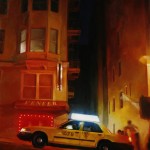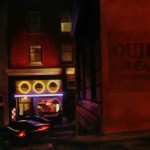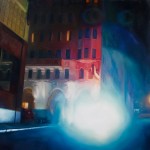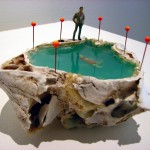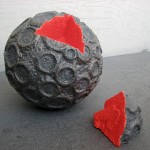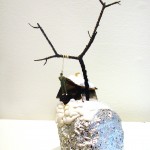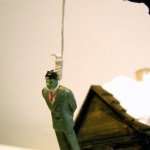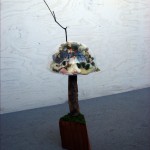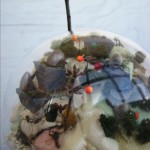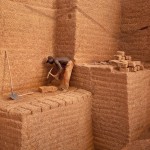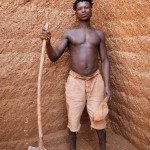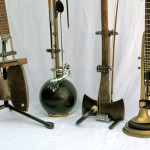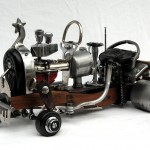Happy New Year! As we transition into a new year, we invite the opportunity to rethink and redefine our expectations about art. We hope you enjoy the first issue of 2011, Invention and Reinvention, which features a potpourri of captivating contributions, from paintings and graffiti to sculpture and short stories. Contributors in this issue either created their work from new ideas, or showed us how previous concepts and stylistic approaches can evolve and have new relevance in our current time and space.
This issue also features several reviews. Christopher Williams covers Eloisa James’ new novel, When Beauty Tamed the Beast, and Determinism, a new indie feature film by Sanjit and Ranju Majumdar. Tapati McDaniels gives us her thoughts on Songs For A Teenage Nomad by Kim Culbertson. Robbie Fraser reviews Festizio’s new album Hot City. Bruce Roberts shares his experience watching West Side Story at the Orpheum Theater in San Francisco, California.
To wrap up the holiday season, Patsy Ledbetter shares a personal and humbling story, and Cynthia Lamanna explores a “picture perfect” Christmas. Other writing includes poetry by Simon J. Charlton that is both energetic and alluring, and a fiction story by Synch Chaos’ Associate Editor, J’Rie Blackwell-Elliott.
The work of Joshua Braff, David Pace, and Max Ehrman is lively and colorful. Equally stimulating are the photos by Julie V. Garner, which are developed using textile techniques.
Paintings by Marcos Shih and Katrina Majkut are engaging and slightly mysterious.
Simplicity is best in Malin Gabriella Nordin’s artwork and Brendah C. DeBow’s tribalesque ceramic pieces.
Michael Campbell’s art is curious and provocative.
The work of Liz Koerner and Monty Monty is patiently crafted and shows us a new twist on ordinary objects.
Enjoy! All of us at Synchronized Chaos wish you an artfully prosperous New Year!
Gloria Balderas
Creative Facilitator/Editor-In-Chief

